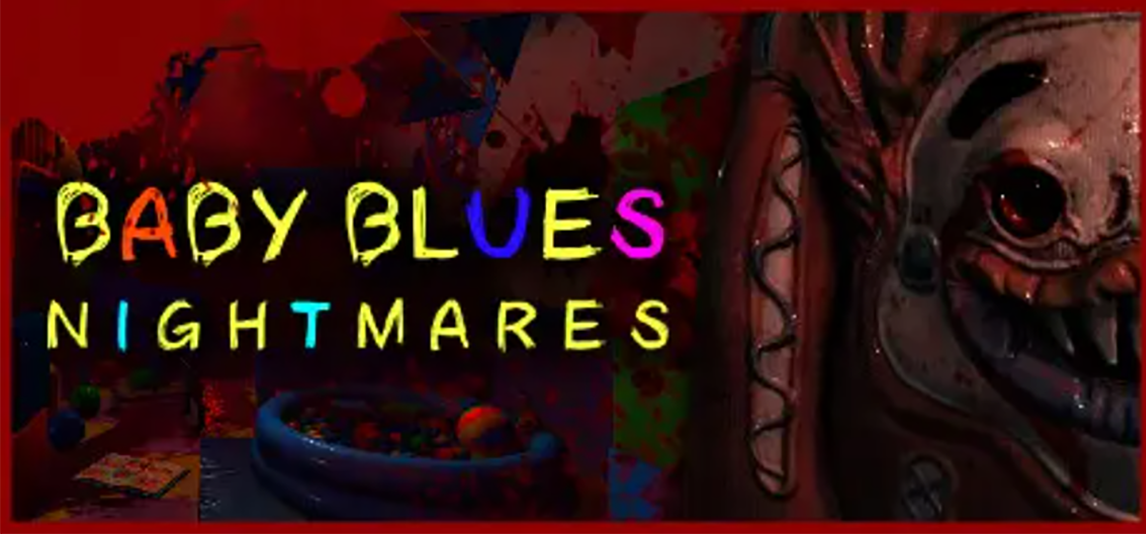TL;DR
Baby Blues Nightmares offers a unique premise, letting you play as a baby navigating terrifying childhood fears. It boasts impressive visuals and a tense atmosphere initially, with clever environmental puzzles and mechanics. However, the game quickly falls into predictable horror tropes, with a weak AI antagonist and repetitive gameplay. Despite a promising start, the experience is short-lived and ultimately disappointing due to a lack of genuine challenge and a rushed, anticlimactic ending. Discover if this baby's frights are worth experiencing for yourself!
The fears of childhood often manifest as monsters lurking in the shadows, or demons hiding under the bed. For children, the line between imagination and reality is often blurred. Baby Blues Nightmares taps into this primal fear, casting you as a baby struggling to survive the night against overwhelming odds.
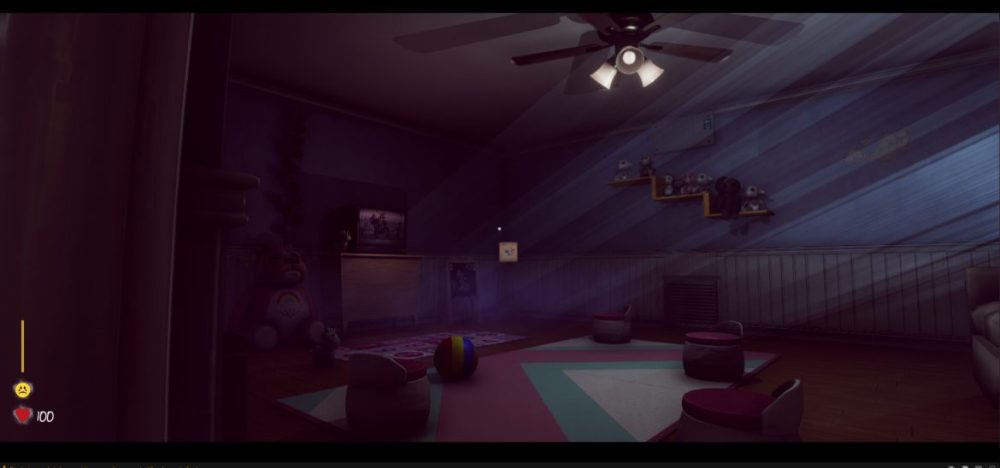
Baby Blues Nightmares is developed and published by a solo developer under the name Steelkrill Studio.
The game begins in a crib, where your mother explains your objective: to locate your five favorite toys. Once she leaves, you are free to explore. The visuals are surprisingly well-executed, with excellent color representation and contrast on an OLED display. The sound design effectively creates a tense atmosphere, utilizing wind noises, creaking sounds within the house, and subtle baby cries. The game immediately establishes a sense of claustrophobia from the baby’s perspective; movement is slow, and sprinting quickly depletes the stamina bar. Players must manipulate the environment – moving chairs and opening drawers – to reach otherwise inaccessible areas. While utilizing a child’s perspective in horror is not new, games like Among the Sleep paved the way for this approach years ago.
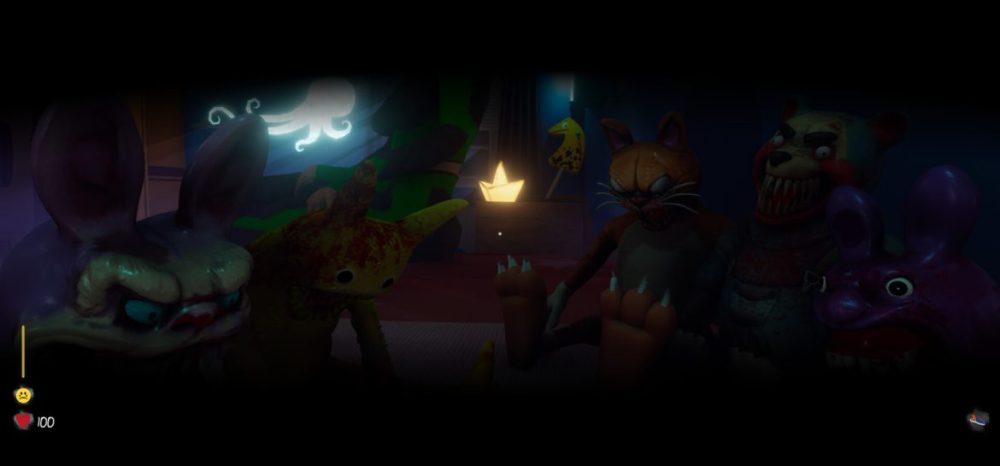
After escaping the crib, I ventured into the house, the sounds of arguing parents echoing from downstairs. The environment contributes to the unsettling atmosphere. The house is large and feels oppressive. Dolls with seemingly perceptive eyes watch from every room, creating a sense of paranoia as I anticipate the emergence of an enemy.
The house serves as a tutorial space, introducing core gameplay mechanics. Eating chocolate reduces the cry meter; a full meter triggers crying, making the player more vulnerable to detection. Milk refills the stamina bar. A pen allows for drawing on the walls, a diversion I spent a considerable amount of time exploring before venturing to the first floor. The parental argument ceases abruptly upon reaching the bottom of the stairs. Traces of blood lead towards the basement, which I cautiously follow. Upon finding a key, a wall explodes, revealing the antagonist: a large, bloody toy figure with exposed tentacles. The accompanying sound effect is jarringly loud. The subsequent sequence involves running and hiding from the monster. Unfortunately, the established atmosphere quickly dissipates. The monster’s search patterns are weak; remaining under a dining table provides complete, unrealistic invisibility. The encounter concludes as quickly as it began, leaving much to be desired.
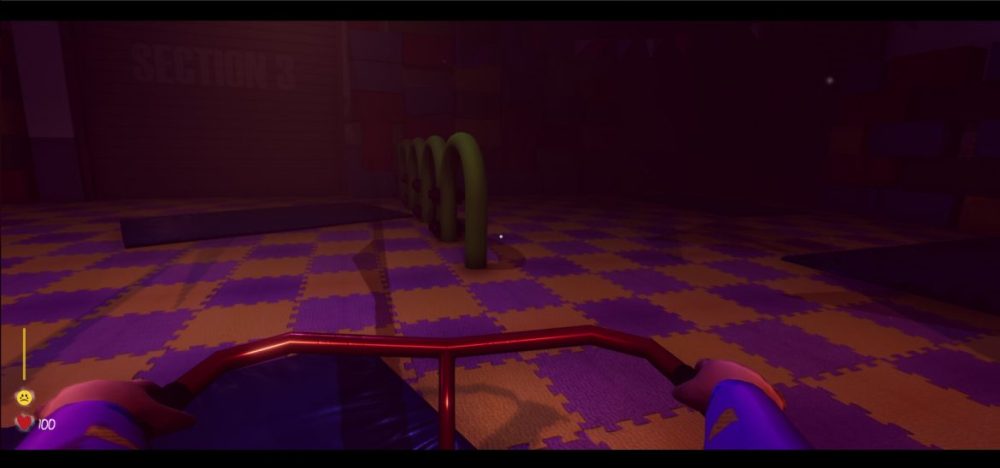
The reliance on the “run and hide” mechanic, a well-worn trope in horror games, is disappointing. While innovative when initially introduced in titles like Amnesia, its overuse over the past decade has diminished its impact.
Following the initial segment in the house, the game transitions to a larger, playland-themed level. The environment is marred by bloodstains, scattered flesh, and an overall lack of inspiration. The color palette shifts to predominantly brown and gray, a stark contrast to the cold, moonlit atmosphere of the opening level. The monster’s footsteps are audible through the walls, accompanied by a repetitive ambient sound loop that significantly detracts from the immersive experience.
The objective of this level is to locate five toys. A map is provided, but its illegibility renders it useless. Navigating the level involves a simple search for the required items. When detected by the monster, a brief chase ensues, followed by the monster quickly losing interest, allowing for continued exploration.
The game lacks genuine puzzles or meaningful obstacles. Jump scares are frequent, relying on excessively loud noises to startle the player. However, the game never achieves a truly frightening atmosphere, lacking any genuine sense of threat or compelling environmental storytelling. After approximately forty minutes, all toys are collected, triggering a prompt to find an exit. The exit is located easily, leading to a brief narrative sequence that abruptly concludes the game. The ending lacks any proper build-up or narrative resolution, leaving the player with a sense of incompleteness.
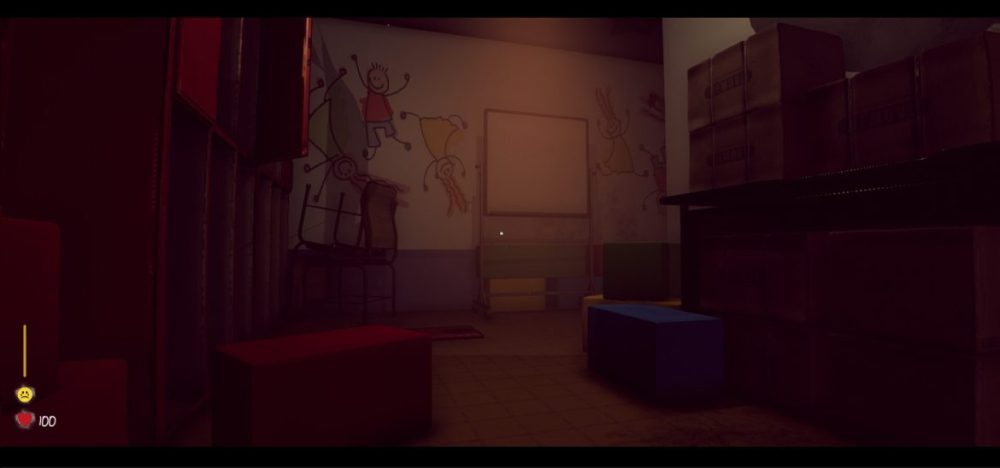
I had anticipated more from Baby Blues. However, with only one substantial level and a monster exhibiting minimal aggression, the experience proved to be a disappointment. The entire game was completed in sixty-four minutes. No deaths occurred, and there was no need to utilize any of the provided mechanics, such as eating chocolate or drinking milk. Furthermore, there was no opportunity to further explore the drawing mechanic.
Steelkrill studio provided a review code for this analysis. Provision of material does not influence editorial objectivity.
